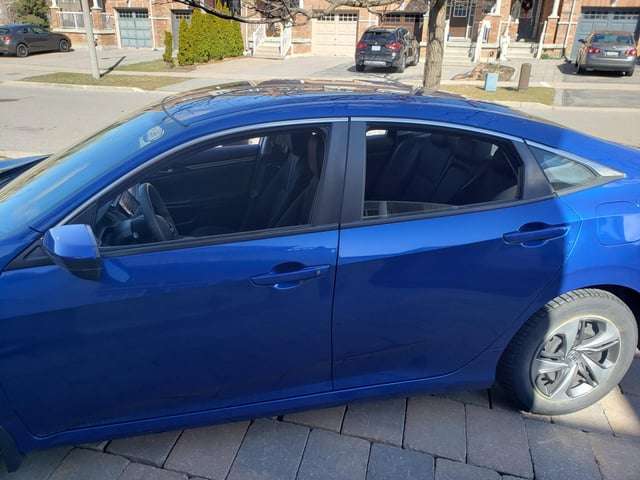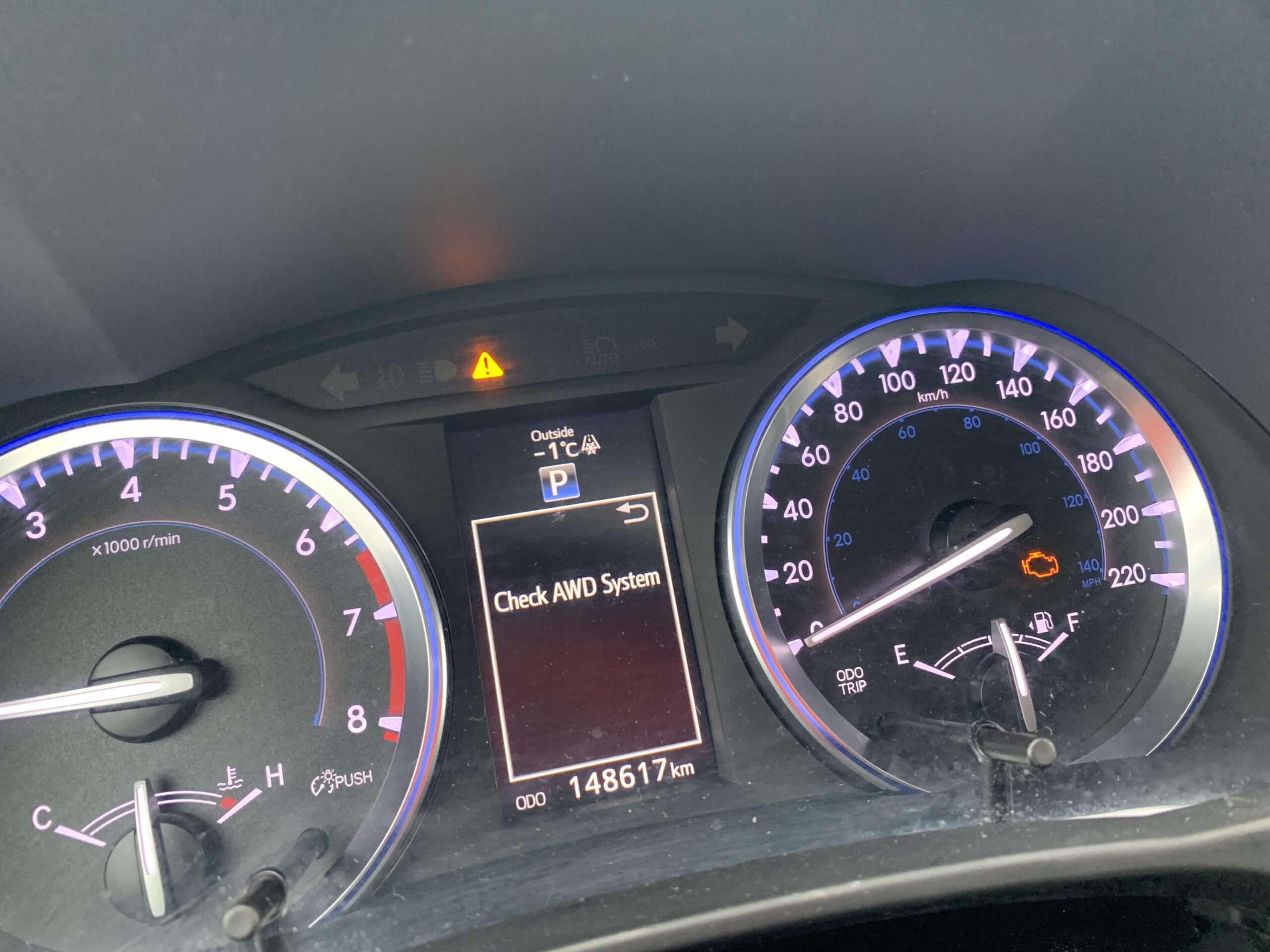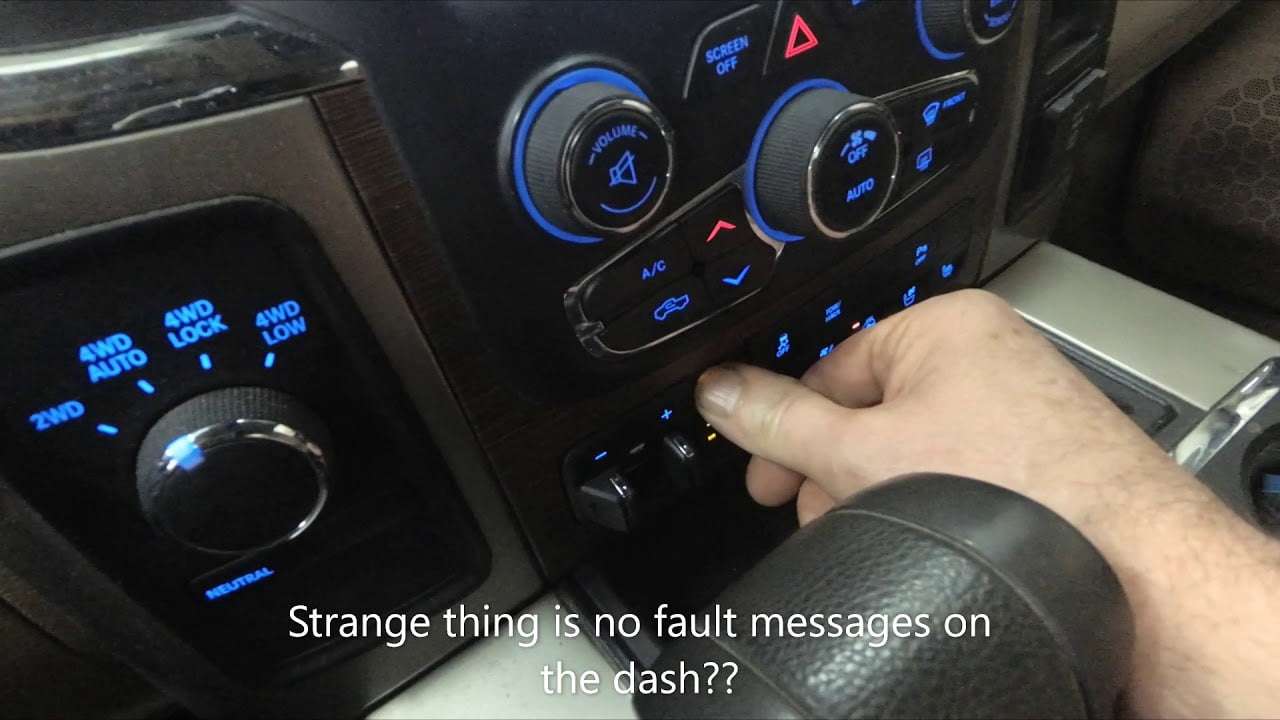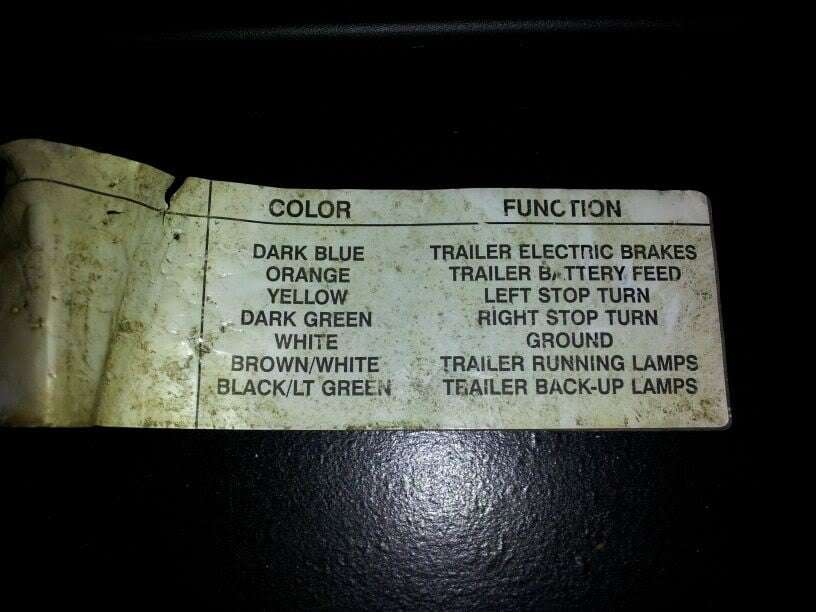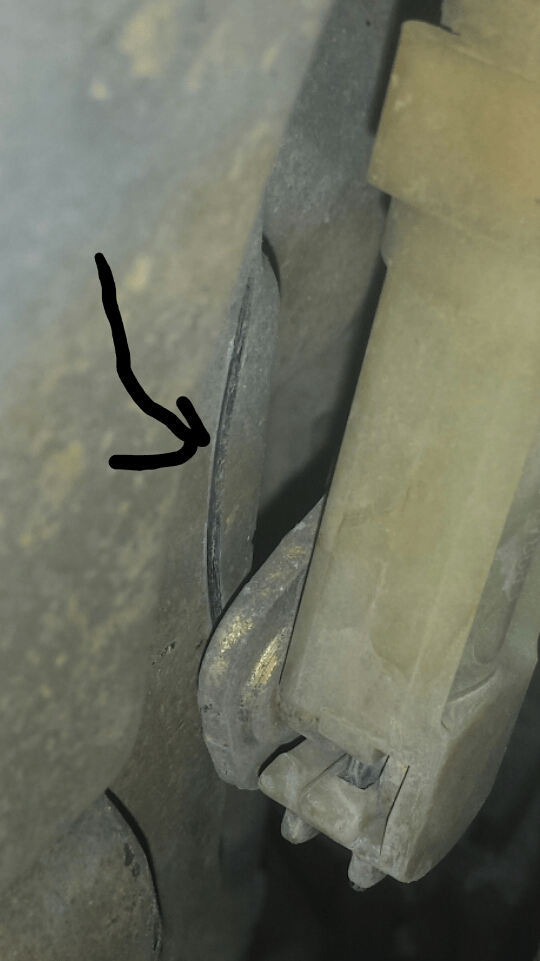Being able to make a powerful sound come out of the exhaust needs an equal balance of volume and noise.
Most automakers tend to exceed the exhaust quieting, whether it’s to simplify production based on more stringent regulations or for marketing.
However, if you want the engine to perform at its full potential, you have to take out some components.
In this article, we’ll extensively analyze muffler delete vs resonator delete: cost, sound, power, pros, and cons. Have an insightful read!
How Mufflers and Resonators Work
Mufflers are large cylinders located close to the end of the exhaust pipe and help to reduce the noise from the engine. When you cut the muffler in half, you’ll see the resonator.
The resonator chambers consist of perforations, piped, and a space that bounces the sound around and reduces its volume.
The muffler delete reduces the sound in the spectrum, beginning from the RPM down to the redline.
Additionally, they help minimize the amount of hum, drone, and other unnecessary noises.
The resonator delete is mounted either after, before, or on both sides of the muffler.
It serves the major purpose of altering the sound the engine produces. The muffler and resonator delete are inverted in purpose.
While the mufflers reduce the volume, the resonator alters the sound.
The exhaust system serves the function of dampening and shaping the sound that comes from the engine while the resonator delete regulates difficult frequencies and lessens the humming noise or droning.

Resonator Delete vs Muffler Delete: Which is Better?
The major aim of modifying the exhaust is to get a better sound.
However, note that neither the resonator nor muffler affects horsepower or fuel economy and has little or no impact on the car’s weight.
Also, they’re priced in terms of the labor needed to get rid (delete) of them.
So, if you’re wondering which is better – the muffler delete is better than the resonator delete. Since the muffler minimizes the sound and makes it quieter, deleting it will cause a louder and more aggressive exhaust sound.
In addition, before you get to a welding station and get an angle grinder, ensure you review the road regulations of your town.
This review is necessary because most states have placed a ban on straight pipes or muffler deletes.
Some of these states have even made buying a vehicle illegal.
So, make sure to carry out your research to prevent money and time wastage.
Resonator Delete: Pros
If you’re thinking of deleting the resonator to alter the composition of your car’s exhaust, here are the pros and cons to taking note of:
Change of exhaust’ sound profile
Most cars have a deeper sound when they have a resonator delete package.
Considering that the primary function of this package is cosmetic, there’s no change in your car when altering the noise profile.
Plus, there’s a muffler in the vehicle, so the changes won’t be obvious. You’ll only hear more frequencies that usually will be blocked by the device.
Reduction in your car’s weight
When you delete the resonating, you’ll be reducing the weight of the vehicle. Besides, a lighter vehicle will ensure more efficient fuel economy.
You may likely get to preserve a gallon for an extra mile in an average driving scenario.
If you’re looking for more enhanced performance, you can try the muffler delete.
Then, replace the muffler with a more advanced option like the Brabus or Carlsson for better results.
Drone Elimination at High Speed
The major problem with the exhaust profile is that once you delete the resonator, the drone-like sound starts coming from your vehicle during acceleration. Then, once you reach a high speed, the sound ceases.
So, the noise comes when you punch the gas and disappears when you reach full speed.
Minimal Cost
The resonator delete costs just around $100 or even less. The only thing that may be expensive is the cost of cutting out the device and welding a new pipe to replace it.
If you include that, the cost will increase to about $300.
However, the cost will vary depending on the region.
Notwithstanding the cost, you should consider a resonator delete to maintain a convenient sound profile.
Resonator Delete: Cons
As always, everything that has an advantage has a disadvantage. Below are some cons of deleting a resonator:
More drone-like sound while driving
Since the resonator is primarily responsible for taking away the drone sound while the vehicle is driving at high speed, deleting it will cause the noise to continue.
Normally, immediately after you reach the 3,000 to 4,000 RPM range, the sound will start increasing.
In extreme cases, the sound may change to that of a high-pitched whistle, a vibrato, or a rattle. Hence, you wouldn’t consider a resonator delete.
Loss of engine efficiency
The resonator plays a role in the improved performance of the car engine. It enables a smooth driving experience and the production of enough horsepower.
So, when there’s a resonator delete, there’s a probability of a reduction in fuel efficiency because of the pressure on the engine.
Impact on power production
Deleting the resonator will alter the way the pulses generated by your car move about in the exhaust system.
Since the resonator is akin to a large chamber, it enhances the frequency of pulses, making power production smooth. Therefore, deleting it will trigger power loss.
What is the Cost of a Resonator Delete?
Fortunately, the cost of deleting a resonator is not as high as most car modification projects. However, the cost varies from one car model to the other.
The average cost of a resonator delete for some car models is:
- Nissan – $110 to $200
- Ford – $120 to $200
- Infiniti – $110 to $220
- Honda – $100 to $135
- Dodge – $100 to $125
- Chevrolet – $110 to $150

Pros of Muffler Delete
Below are some advantages of deleting a muffler:
Increased horsepower
A muffler delete will not increase horsepower in cars, but it can cause a major improvement in older cars.
Vehicles that have high power or large engines will improve when the muffler is removed.
Note that the muffler on older vehicles is restrictive. It increases the backpressure on the engine which is harmful to the vehicle.
So, with a muffler delete, you’ll be increasing the horsepower and protecting the engine.
Aggressive exhaust note
Deleting the muffler will be of great benefit to older engines, but it won’t offer any performance improvement for newer models if the vehicle doesn’t have enough horsepower.
It’s rather done to charge the car tone.
So, with a muffler delete, there’ll be a more aggressive exhaust note coming from your car.
Besides, considering that the muffler helps in reducing the exhaust noise, deleting it will make the tone better.
Cons of Muffler Delete
Deleting the muffler also comes with some downsides. See them below:
Loud exhaust
No doubt that the loud exhaust may be exciting initially, but it can age fast.
So, if you’re planning a long trip with your family, keep in mind that you will most likely not hear yourselves.
The higher the RPM, the louder the sound gets. The more air enters through the exhaust system, the louder the exhaust noise.
It’s only a matter of time and the noise will become very annoying.
Ban
Some states have placed a ban on muffler deletion.
So, if you delete the muffler from your car, you’ll be breaking the law. If you’re unsure whether muffler deletion is illegalized in your country, confirm the regulations from your local laws.
However, the cops may not get you arrested for deleting a muffler. But, they have legal rights too, especially if your car violates any of the noise ordinances.
Decreases engine performance
Recall that muffler deletion increases engine performance in older vehicles. But, the opposite is the case in vehicles with smaller engines.
Besides, the Electronic Control Module is meant to work side-by-side with the muffler.
Failed emissions
Research shows that 34 states require emissions testing. So, if you’re living in any of these states and you take out the catalytic converter, your car won’t pass the test.
Plus, the Check Engine Light may also come on, causing the vehicle to fail automatically.
Cost of a Muffler Delete
On average, the cost of a muffler delete is around $150 to $450. On the parts, you may have to spend between $50 to $200.
Fortunately, if you can delete the muffler yourself, you won’t have to spend any bucks on labor. Otherwise, prepare to spend between $100 to $250 on labor.
Sadly, finding someone who can perform a muffler delete could be difficult.
In some cases, deleting a muffler is illegal, so it’ll be difficult to see someone who will be willing to take such a risk.
How to Delete a Resonator or Muffler
A muffler or resonator delete involves the same procedures. Some of the tool recommendations for this process include:
- WD-40
- Socket wrench
- Rubber mallet
- Jack stand
Here are the procedures to delete a resonator or muffler:
Raise your car and position the jack stand beneath it. Ensure the vehicle is secured. You can place stones or cement blocks for extra safety.
Use WD-40 on the nuts and unscrew them using a socket wrench. Note that the muffler is surrounded by pipes and held in place by clamps.
Get a rubber mallet and use it to separate the pipes. Once you’ve disconnected the muffler, slowly pull it out of the vehicle.
Then, get a professional welder to replace and weld the new pipes.
FAQs
What is a muffler delete?
What’s the process of a muffler delete?
Muffler or resonator delete: Which is less expensive?
What’s the cost of a resonator delete?
What are the tools needed for a resonator delete?
Final Words
The pros and cons of the muffler delete and resonator delete will help you decide whether or not to go ahead with modifying the sound profile of your car.
Just as some vehicle owners notice increased efficiency, there may be losses too.
Hence, it mostly depends on how much engine backpressure a particular design causes your user profile.
If you’re considering a simple and less expensive modification that’ll allow your car to have a better tone, a resonator delete is the best option.



